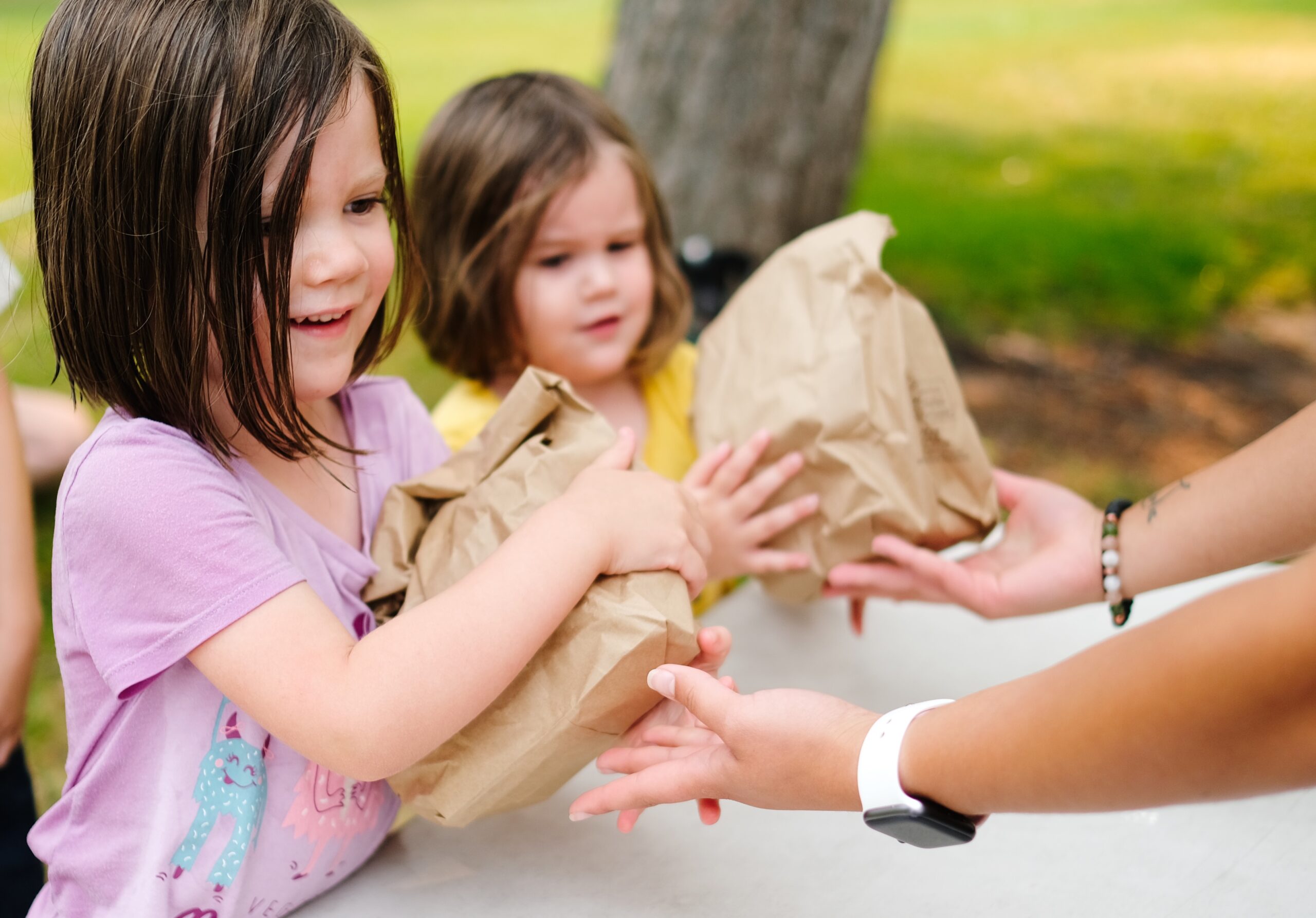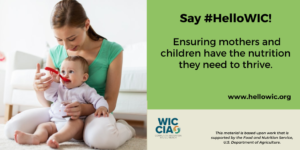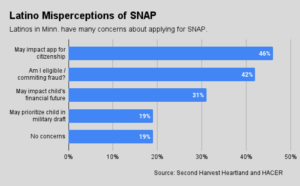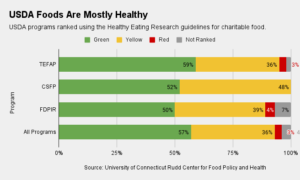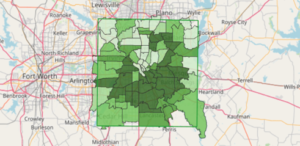The USDA is hoping food banks will help it advance new methods of distributing summer meals to kids.
A new ruling, made permanent when President Biden signed the huge omnibus spending bill at the end of 2022, lets food banks and pantries be federally reimbursed for summer meals distributed in non-group settings.
Previously, organizations were only given government funding if they provided congregate, or on-site, meals where both parents and children had to be present and the food eaten at the designated location. Now, distribution methods that gained ground during Covid, such as the ability to pick up meals or have them delivered, can qualify for federal reimbursement.
“We hope our food bank partners will be among the first to see that opportunity and jump on it,” said Cindy Long, Administrator of the USDA Food and Nutrition Service, speaking at a regional USDA gathering of food banks held at Delaware Food Bank in early May. “We know the energy and passion you will bring to feeding children.”
The new flexibility around summer meals comes with the qualification that the meals must be served in rural areas. The USDA has issued a memo that answers questions about implementing the program, including how to determine which areas are rural, and expects to have further guidance before summer 2024.
Food banks with experience serving meals in non-group settings say the new flexibilities make it easier for more kids to access food. They recommend partnering with community groups or even individual champions in the community to build a successful program.

For Lowcountry Food Bank, located in North Charleston, S.C., non-congregate meals are reaching about 260 kids a day who might not otherwise have access to summer meals, said Kara Moore, Director of Child Hunger Programs. The food bank has operated an independently funded grab-and-go summer meals program since 2016 and recently learned that its state has submitted a plan to qualify for federally funded non-congregate meals.
Lowcountry attributes a key element of its success so far to its partnership with a local advocate, Joanne Edwards, who has been instrumental in organizing grab-n-go lunches in one of the food bank’s most rural service areas. Last year, Edwards was recognized with one of the state’s highest volunteer service awards.
“She is a true community champion,” Moore said in a recent webinar. “Having someone there who can serve as a gatekeeper to the knowledge and resources in the community was essential.”
Edwards has been instrumental in picking convenient sites for distributing the food, for example. Rather than go exclusively with churches, Edwards chose places in the heart of the community, including a hair salon, two day care centers and even two private homes.
Edwards also reaches out to parents to encourage their kids to participate and helps keep track of how many kids are served. While the food bank was hands-on during the first couple of summers, “now the program pretty much runs itself,” Moore noted.
Looking forward, Lowcountry would like to see the USDA continue to expand its definition of rural eligibility, since not all of Lowcountry’s sites are in communities that fall under the current definition. Those sites have to rely on the funding they receive from private organizations, such as No Kid Hungry.
“What they did this year is very hopeful, but I think they could take it a step further in terms of what they define as rural and what they allow state agencies to define as rural,” said Moore. “In the future, more of our sites would hopefully be able to use that model without having to jump through so many hoops.”
Missoula Food Bank, which serves communities in Western Montana, has appreciated the flexibility that the non-congregate option gives its clients.
According to Jamie Breidenbach, Program Manager, some clients can’t manage taking their child to congregate sites multiple times a day, or can’t come to the site at the times that breakfast or lunch is available. Pickup sites and deliveries allow those clients to get the food they need at a time that works for them.
In a recent webinar, Breidenbach shared attendance numbers showing that meals distributed in non-group settings attracted many more kids. In one town, for example, non-group meals held in summers 2020 to 2022 attracted four to five times as many kids as the 200 or so kids served in group settings in 2019.
“I think just eliminating barriers for the families is a big part of this non-congregate plan for rural communities, and being able to provide more meals to people and families and children who need good, healthy food for growing bodies,” she said.
Open Table of Maynard, Mass., does not currently have plans to use the federal waivers for non-congregate meals. Instead, it is using donations to fund a drive-through for food, where meals are prepared in a commercial kitchen. It also delivers meals with a bus that visits designated locations on weekdays.
To Alexandra DePalo, Executive Director, the non-congregate option caters to clients’ rapidly changing schedules.
“As a parent with young kids, this is the time of year where your brain just starts to twist into knots. You’re like, ‘Oh God. The routine is about to be turned on its head,’” DePalo said. “So we will continue to get requests even into the summer as people’s lives change or as camp programs or other childcare programs shift into a summer mode and they suddenly realize, ‘Oh wow, the way we were getting food or lunches before is no longer going to be happening.’”
Open Table’s summer lunch bag program lets parents select three lunches (sandwiches, pasta salads, veggies and dips, or fruit and cheese) and three snacks (granola bars, crackers, apples, raisins or fruit cups) on a weekly basis.
Noted DePalo, “In the end, I think it provides options to people that they really feel good about.” – Nicolas Magrino
Nicolas Magrino is a graduate student at the Craig Newmark Graduate School of Journalism at CUNY and a summer intern at Food Bank News.
Like what you’re reading?
Support Food Bank News
This article was made possible by the readers who support Food Bank News, a national, editorially independent, nonprofit media organization. Food Bank News is not funded by any government agencies, nor is it part of a larger association or corporation. Your support helps ensure our continued solutions-oriented coverage of best practices in hunger relief. Thank you!
Connect with Us:
